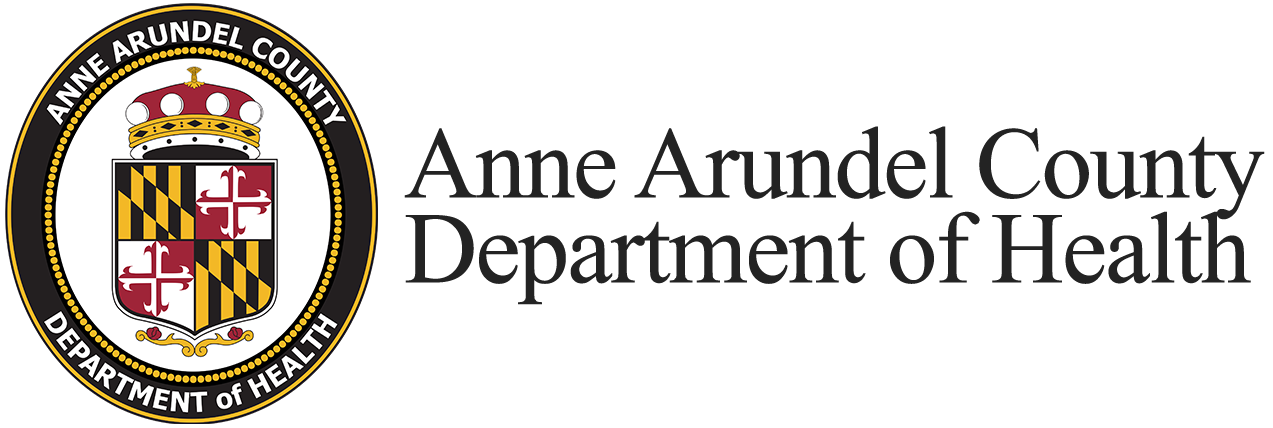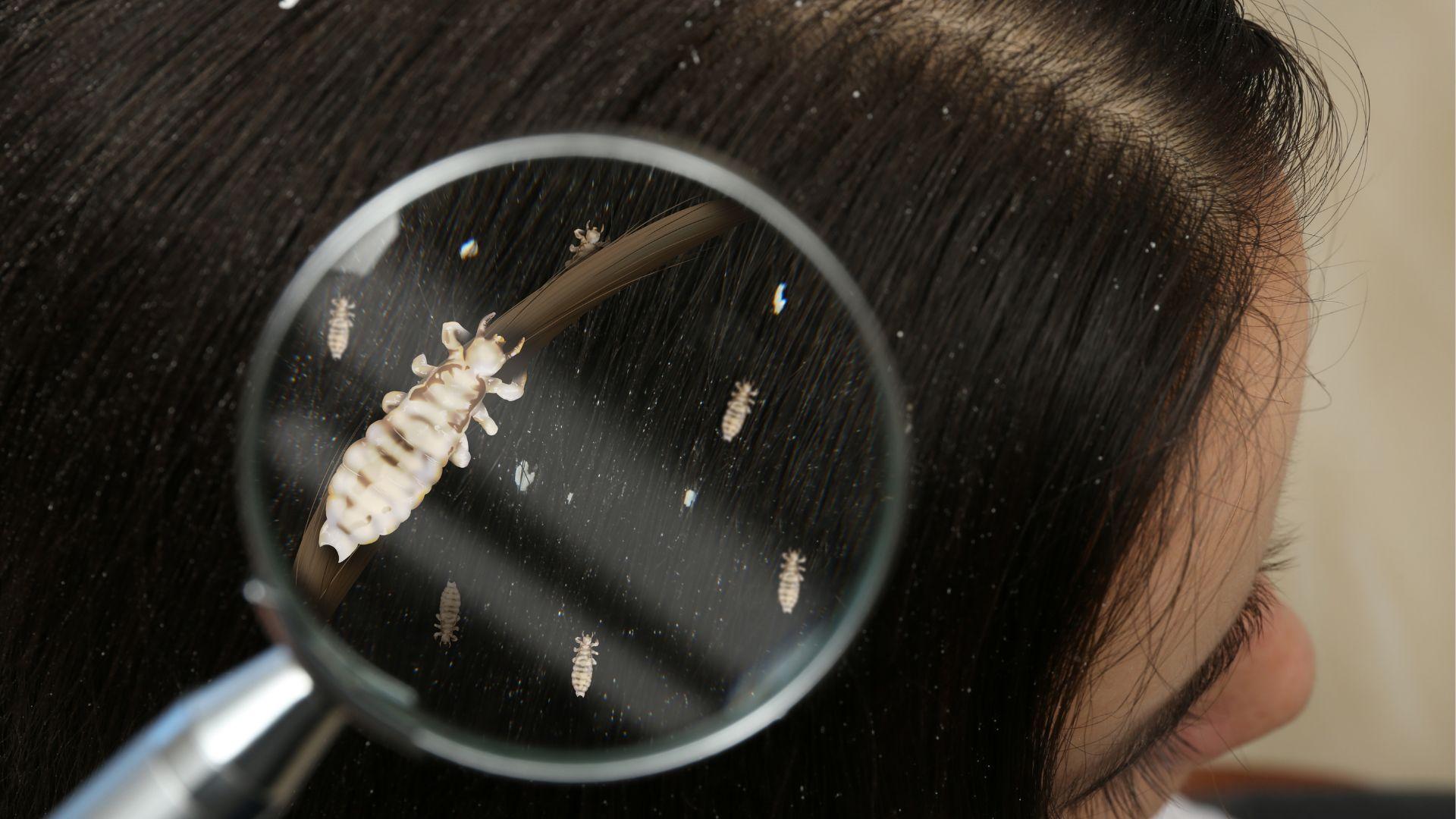Head lice (pediculosis) is a widespread nuisance condition that is common in school age children. Head lice are not a health hazard or a sign of poor hygiene and they do not spread any diseases. An average of 500 cases of head lice are found among Anne Arundel County students each year. Children can pick up head lice any place where children freely interact at home, camp, school or on the playground. Lice are spread directly by close personal contact, such as touching heads, or indirectly through contact with an item worn or used by someone with head lice, such as combs, brushes, hats and scarves. Head lice can also spread by using the same bedding, pillows and head rests as someone with head lice.
Anne Arundel County has a No Live Lice Policy in keeping with the recommendations of the American Academy of Pediatrics and the National Association of School Nurses. When students are found to have live lice or nits less than 1/4 inch from the scalp, the parent will be notified. The student can remain in school or day care until the end of the day and must be treated with an over-the-counter or prescription insecticide shampoo before returning. The recommendations are based on studies showing that:
- Nits are difficult to identify accurately. Children can be misdiagnosed with nits, get treated and miss school unnecessarily.
- Nits that are attached more than ¼ inch from the base of the hair shaft are almost always hatched or dead. If you do not see nymphs or adults, and the only nits found are more than ¼ inch from the scalp, then the infestation is probably old and does not need treatment.
Head lice, while a nuisance, are not a reason to exclude children from school, interfering with their opportunities to learn and achieve.
Facts About Head Lice and Nits
- Head lice are blood-sucking, six-legged insects that live on the human scalp and hair.
- Lice that have fallen or been brushed off their human host will die in 48 to 55 hours.
- Lice will die when exposed to extremes in temperatures.
- Head lice do not jump, fly or live on pets but they can crawl short distances and move quickly.
- Female lice lay four to six eggs per day or 100 to 150 eggs over the life of the louse.
- Nits are the tiny, grayish white eggs of the lice and are one sign of head lice. Nits attach to the hair close to the scalp and will not brush out like dandruff.
How to Treat Head Lice and Nits
It is important that all those with lice, close contacts and household and personal items be treated at the same time.
- Check all members of the household and close contacts for head lice and nits. Very close contacts such as those sharing the same bed should be treated even if no lice or nits are found. Call your doctor if you need to treat a child under the age of two.
- Over-the-counter as well as prescription shampoo treatments can be effective. You may wish to talk to your doctor or pharmacist about which treatment is best for your family. These shampoos will kill the lice but may not kill all of the nits. You may need to treat again in 7 to 10 days.
- Remove and wash all clothing right away. The medication should be applied while the person is in the bath or shower. Closely follow the directions on the medication. After treatment, dry with a clean towel and put on clean clothing. If you are shampooing several people, rubber gloves should be worn.
Getting Rid of the Nits is the Hardest Part of the Treatment
- Use a fine toothed, metal comb.
- A hot hair dryer or, if there are no scratches on the scalp, warm white vinegar combed through the hair will help loosen the nits.
- Pick the nits off the hair shaft with fingers or tweezers.
Clean All Household and Personal Items that may Harbor Lice and Nits
- Disinfect combs and brushes used by an infested person by soaking them in hot water (at least 130°F) for 5 – 10 minutes.
- Machine wash and dry clothing, towels, bed linens, and other items that a person infested with lice wore or used during the two days before treatment. Use the hot water (130°F) laundry cycle and the high heat drying cycle. If you can't wash or dry-clean items, seal them in a plastic bag and store them for two weeks.
- Vacuum rugs, car seats, chairs, sofas and beds; then, throw away the vacuum bag.
How to Prevent Getting Head Lice Again (or How to Keep Lice from Getting Ahead)
- It may be necessary to repeat treatment in one week. Call your doctor if treatment isn’t successful after two attempts.
- Call the parents of your child’s closest friends, your child’s school and those in charge of activities that may involve direct contact such as dancing classes or sports. Others may need to be treated to eliminate head lice and nits.
- TELL YOUR CHILDREN NOT TO SHARE CAPS, COMBS, BRUSHES AND OTHER PERSONAL ITEMS WITH THEIR FRIENDS.
How to Get Your Child Back to School
- Your child MUST be free of live lice and all nits close to the scalp (within 1/4 inch from the scalp).
- Your child must be checked by School Health staff before returning to school. Call your school and ask for the School Nurse or Health Assistant.

